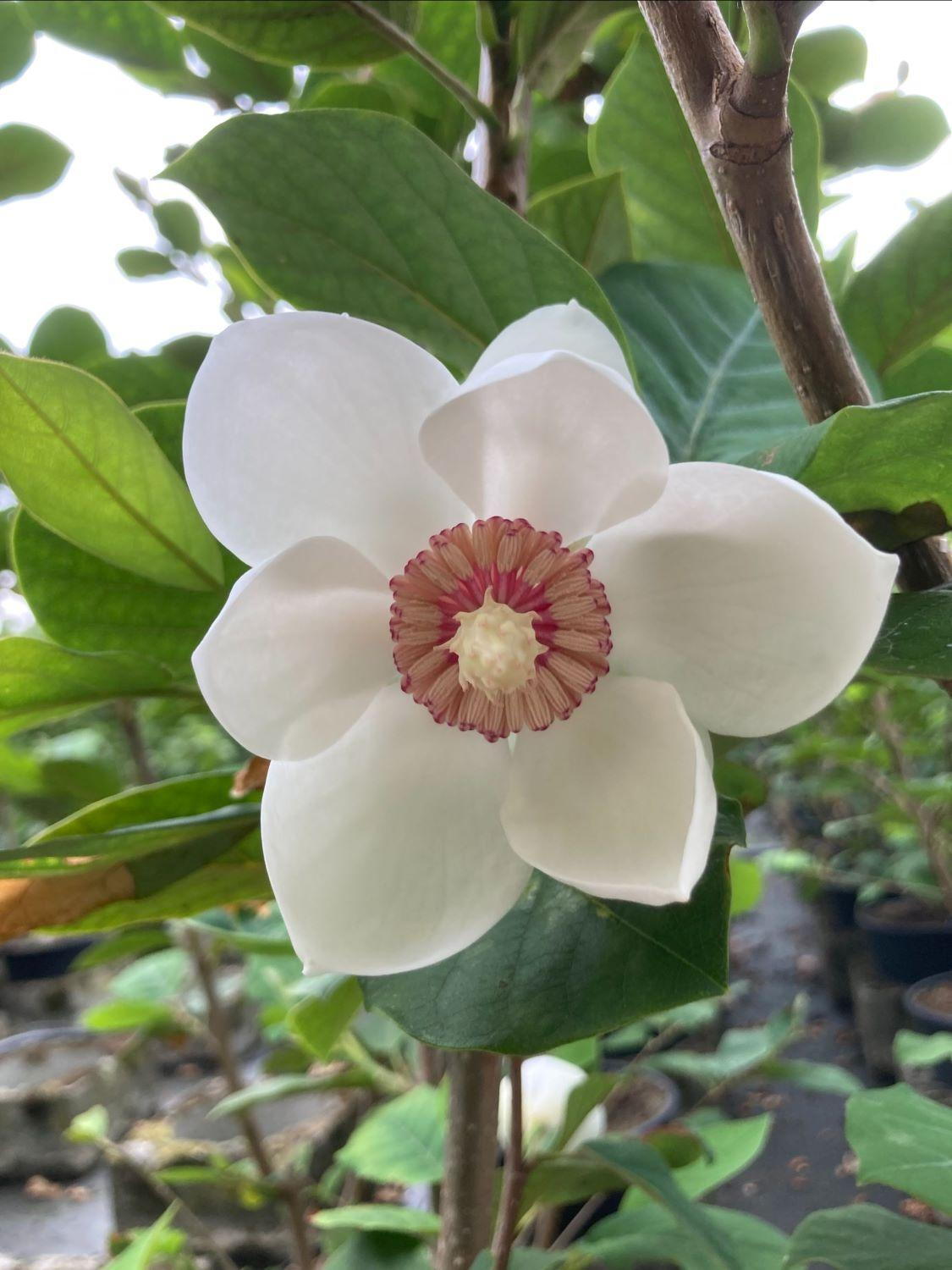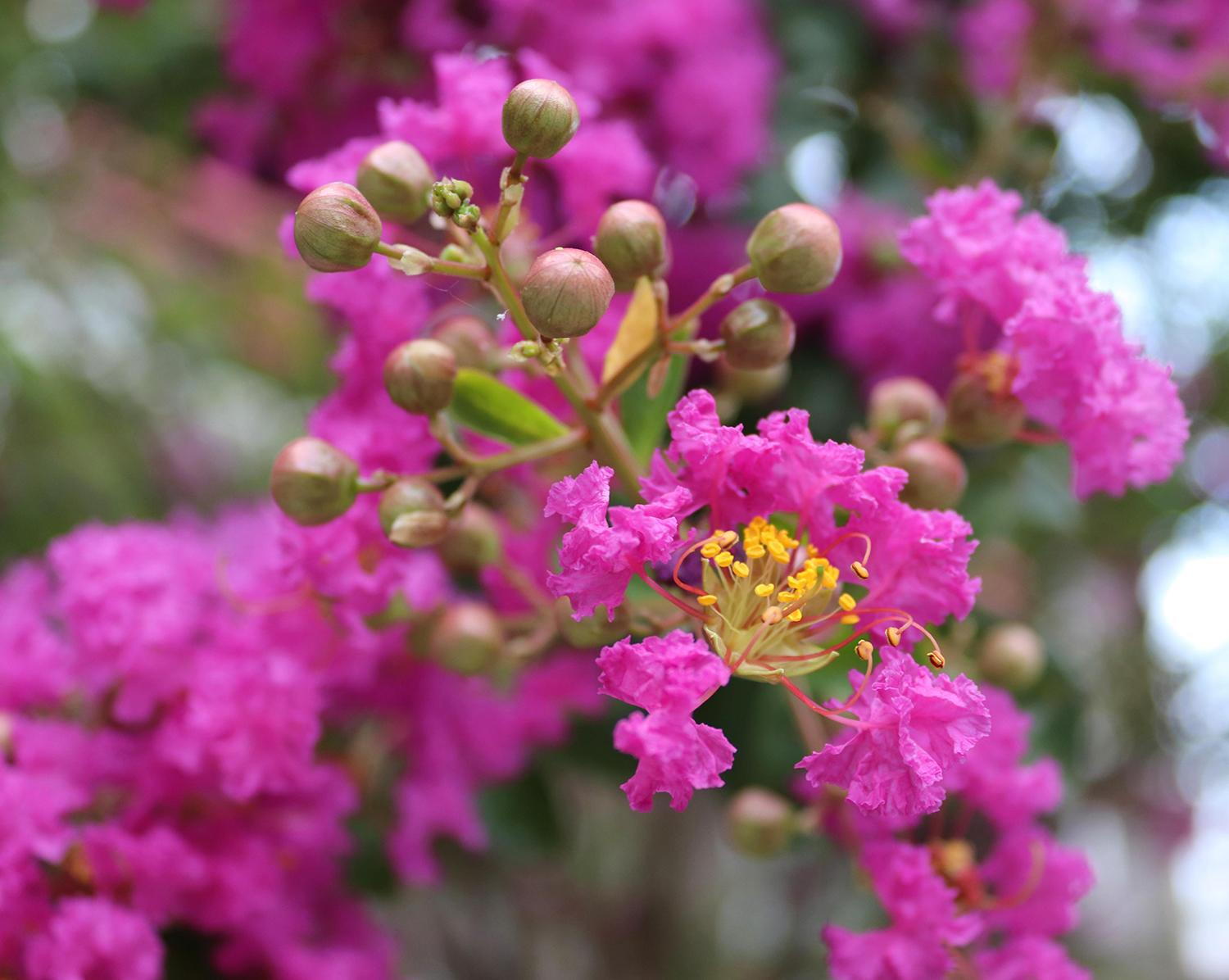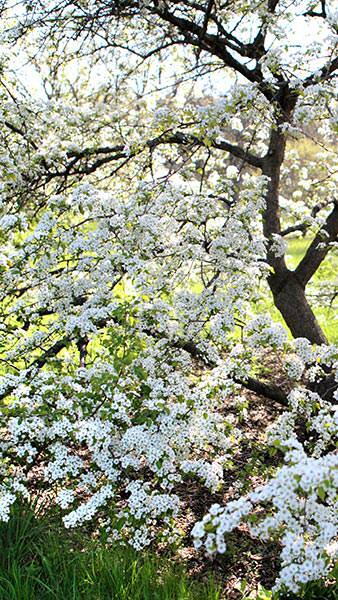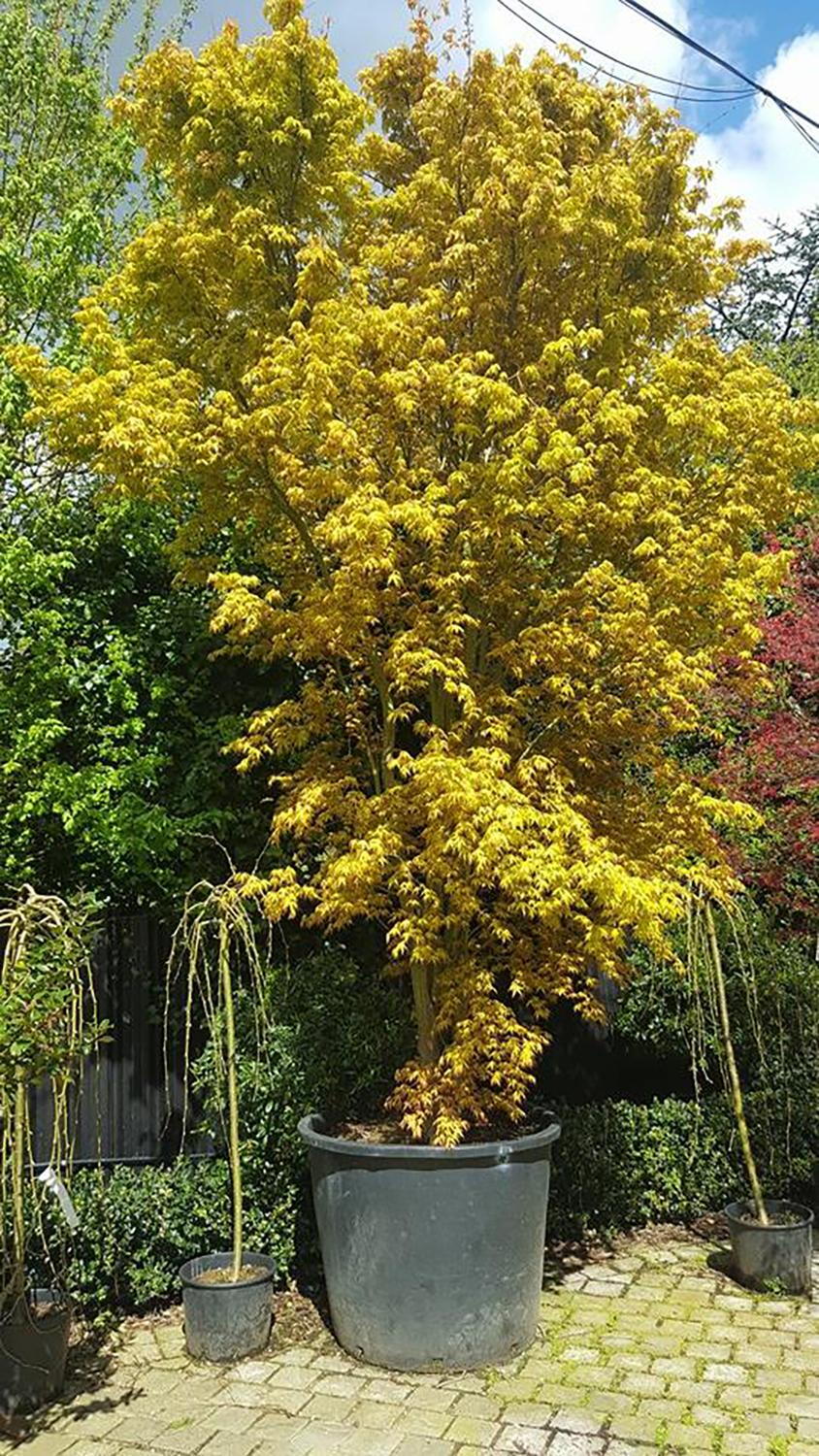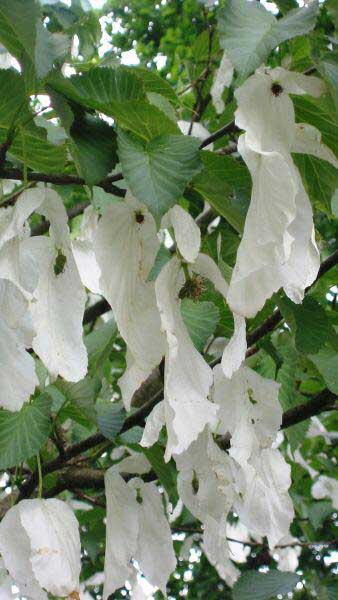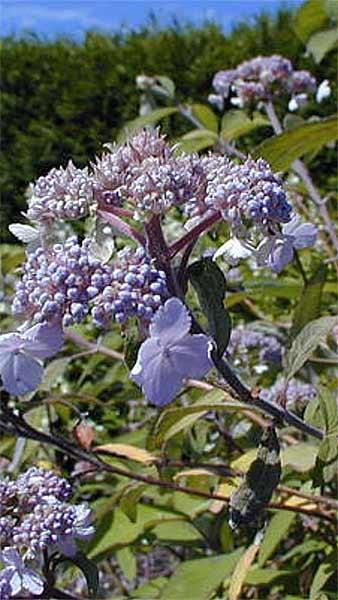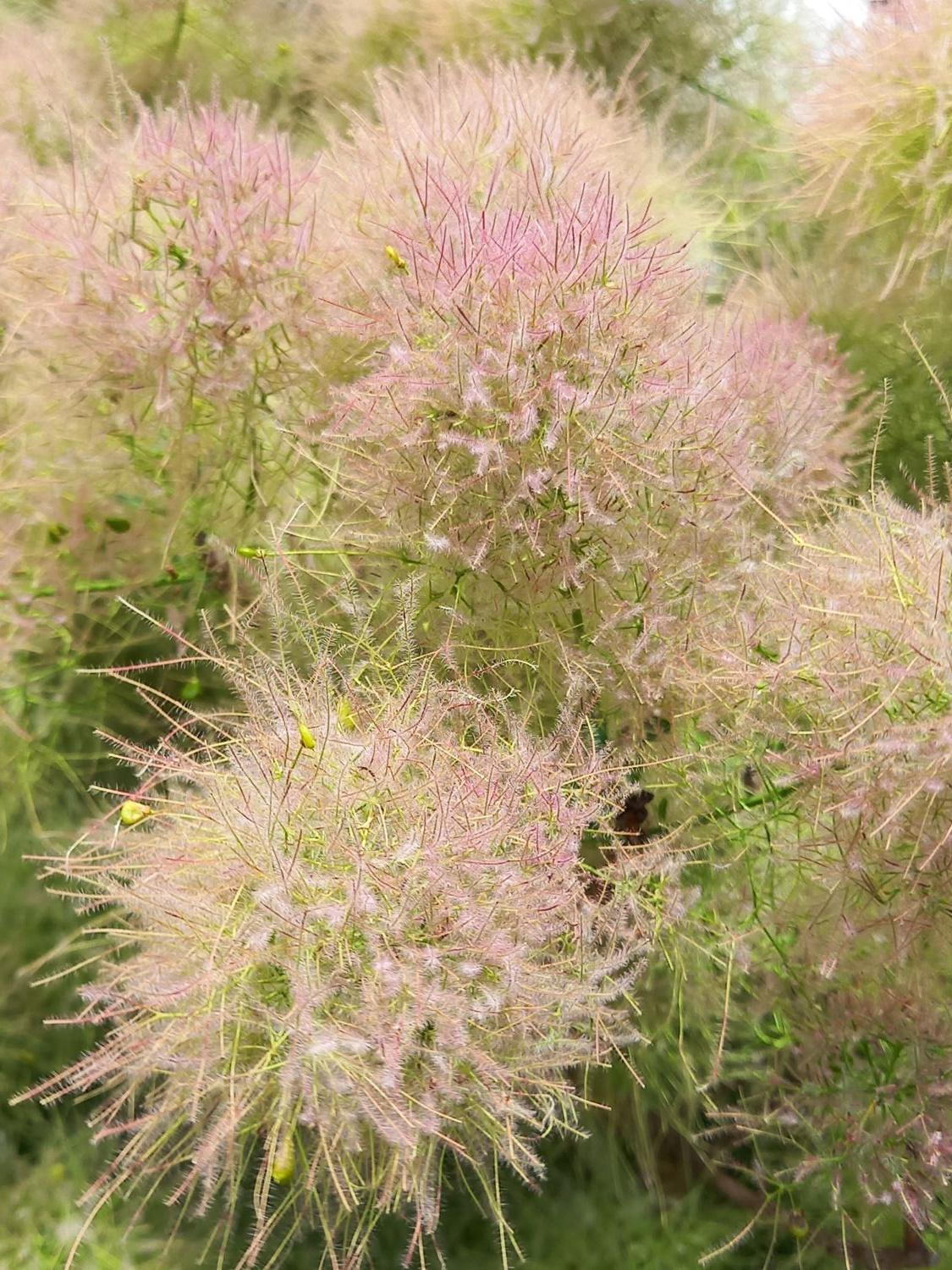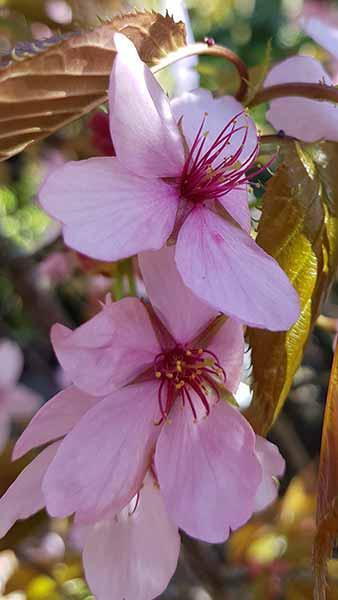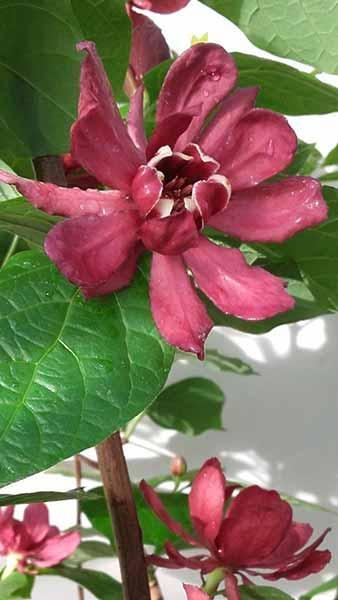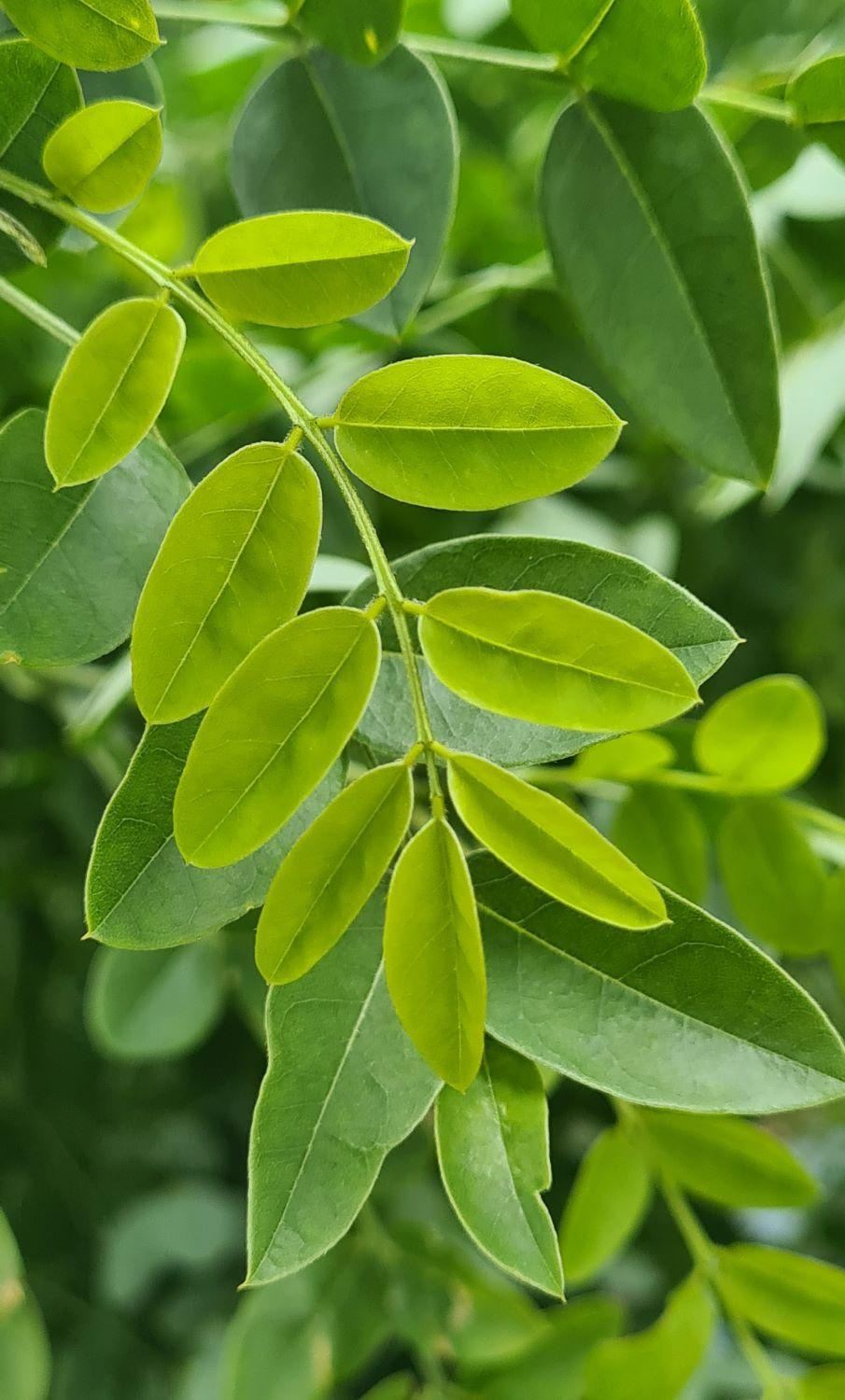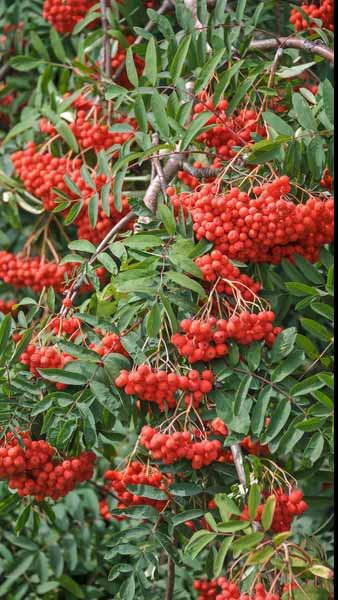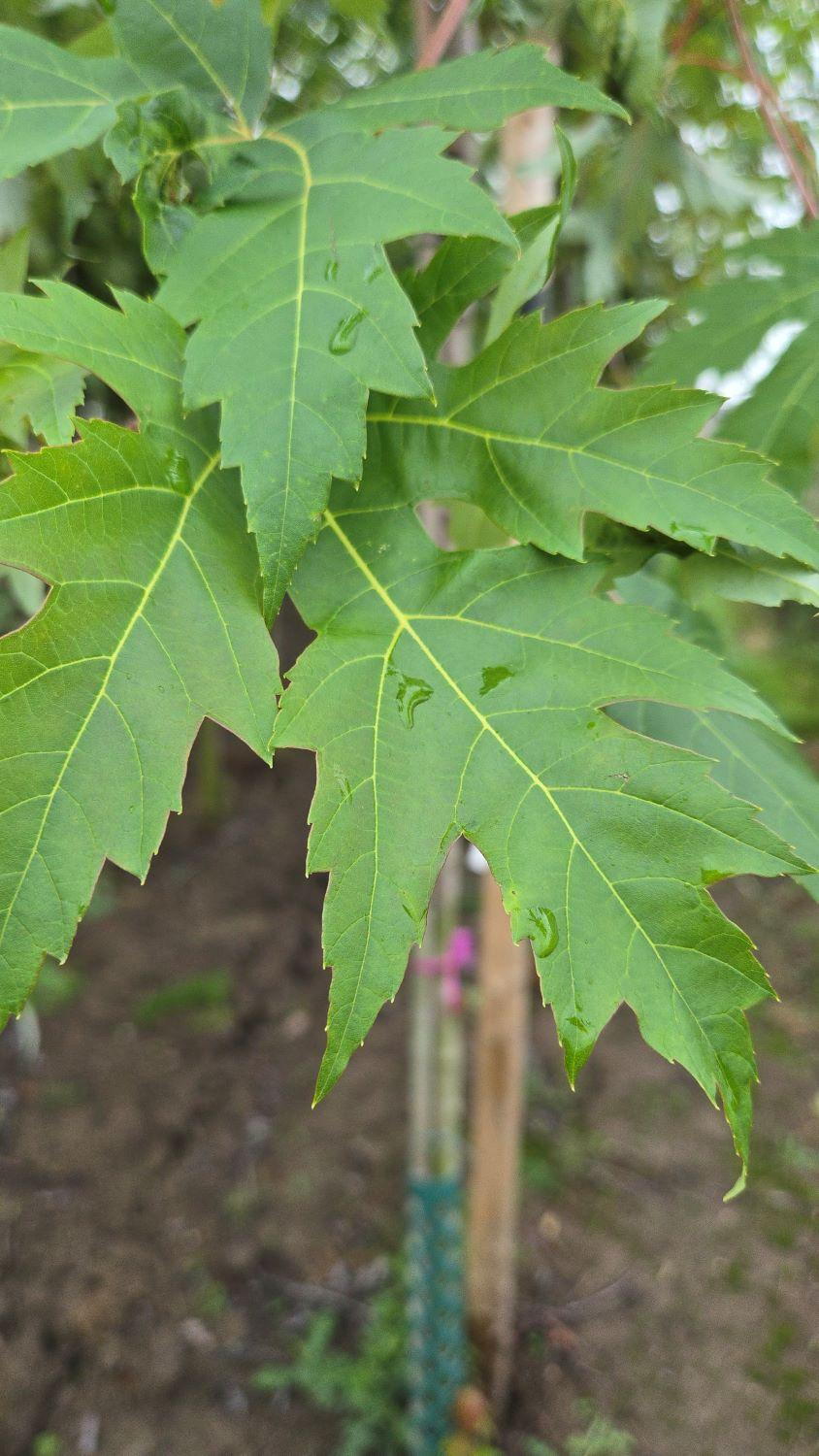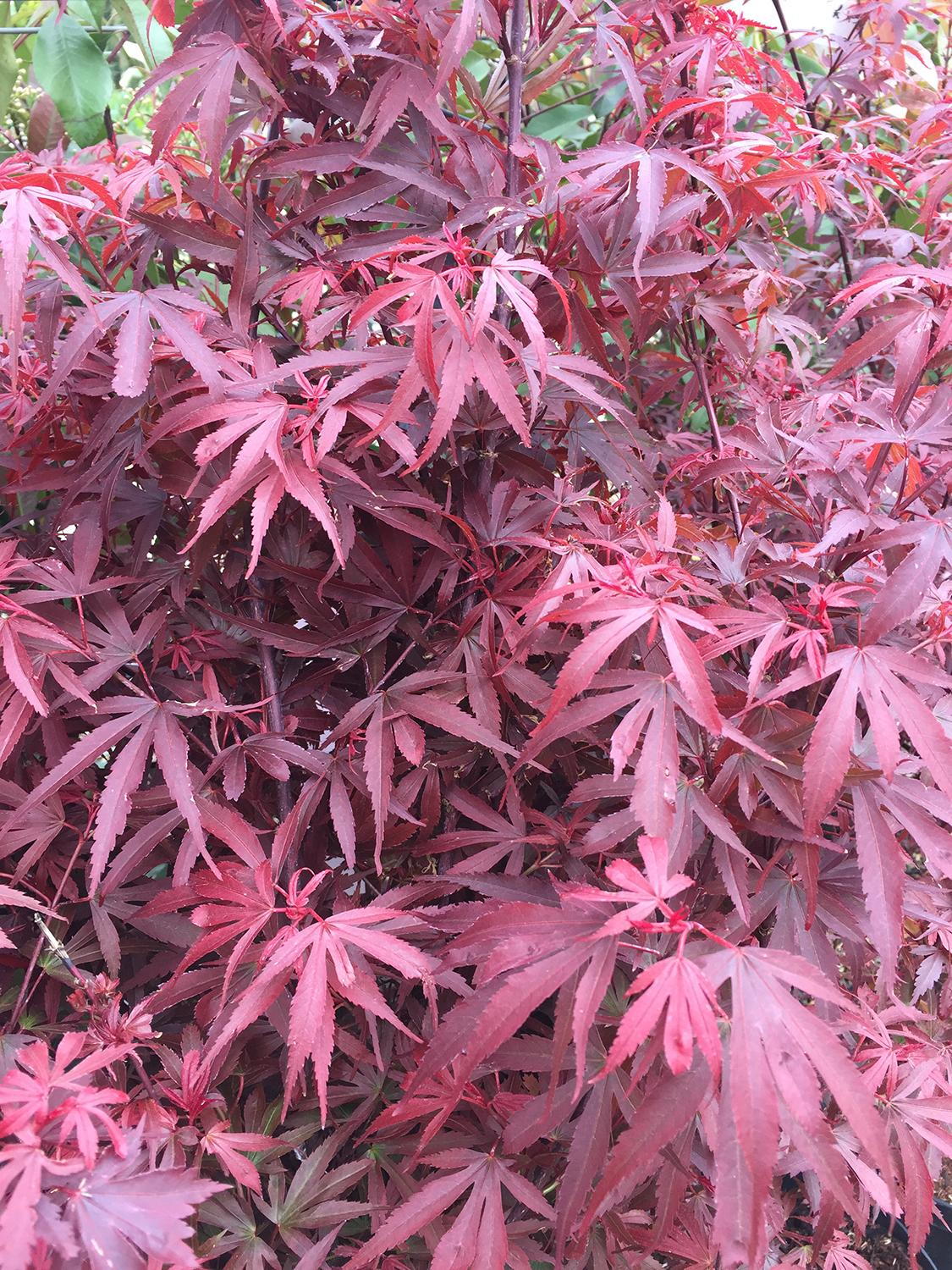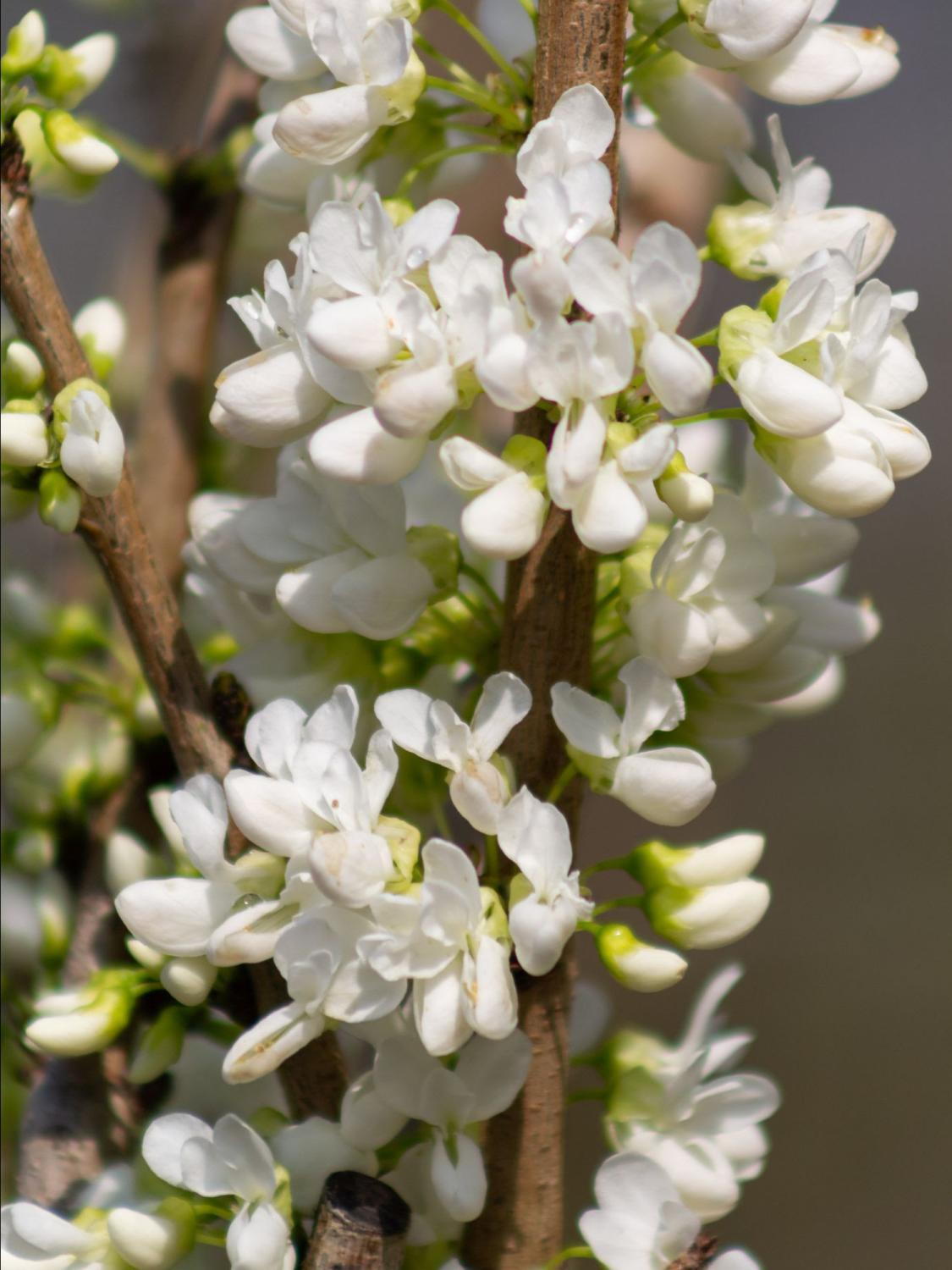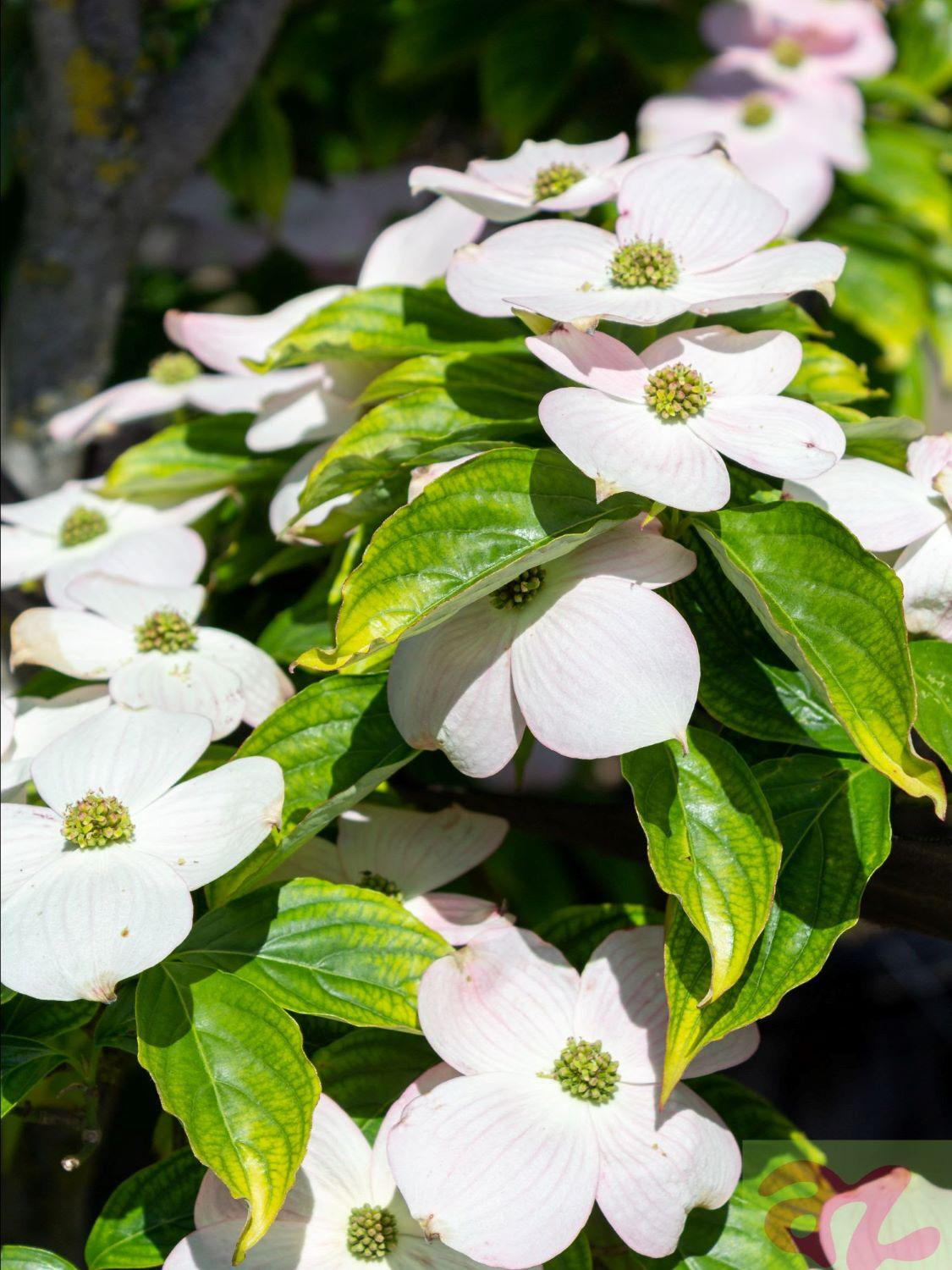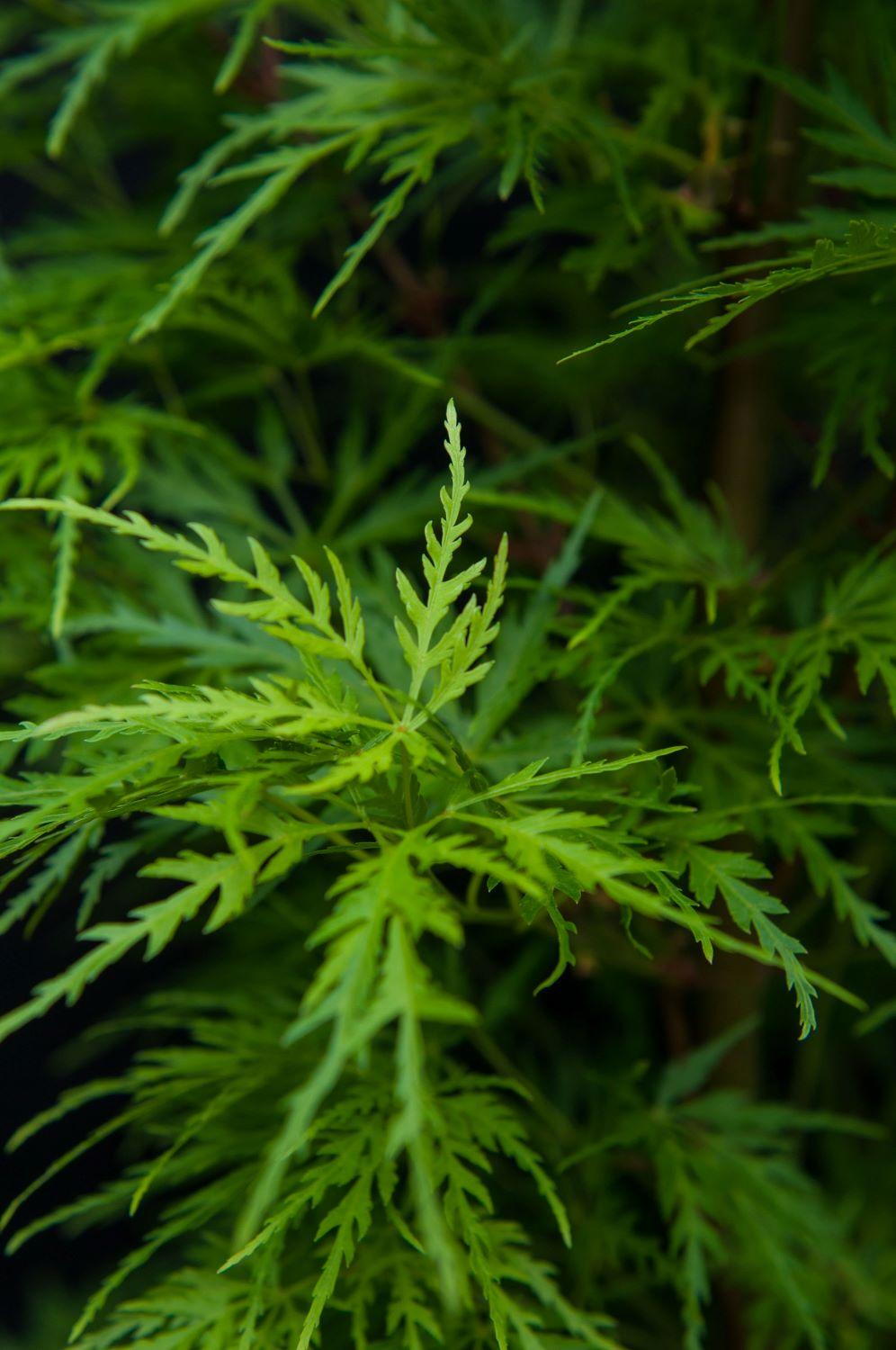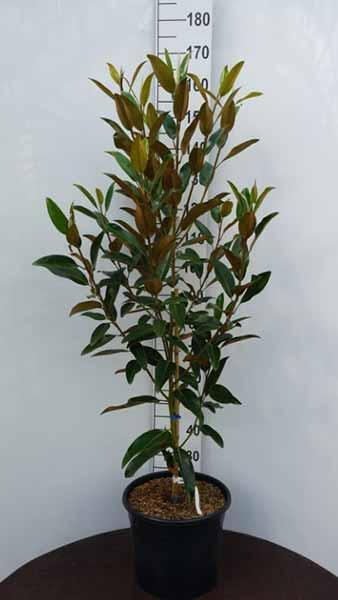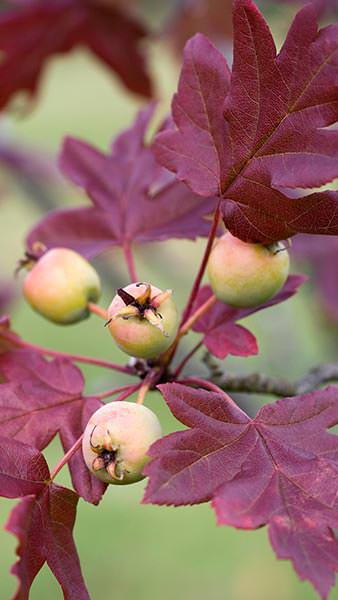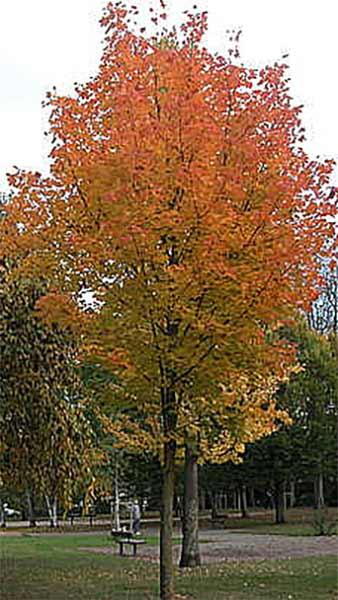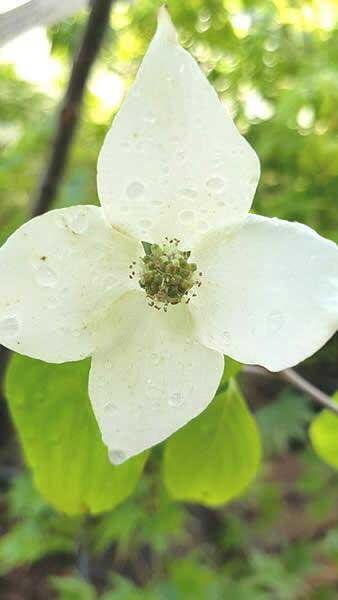Hydrangea Aspera Villosa Hydrangea Villosa Group for Sale UK
Hydrangea Aspera Villosa also called the Hydrangea Villosa Group, are lovely, late summer bloomers which will make your garden glow with their purple flowers. These long-lasting and exotic-looking plants will fit right in to a shady spot in your garden! Native to western China, Hydrangea Aspera Villosa are a type of what are called rough-leaved hydrangea, but that descriptor belies the soft, velvety texture of the greyish-green leaves of this deciduous shrub. However, it is for the spectacular late-summer blooms that the Hydrangea Villosa Group is prized. Starting in July, the large, deep pink flower buds emerge, opening into large flat-topped flower heads, up to 20 cm across, revealing a beautiful deep blue-purple lace cap highlighted with small mauve-white florets. The flower display lasts into October, attracting bees and butterflies to your garden when other nectar sources have dried up. Hardy in most of the UK, even in severe winters, the Hydrangea Villosa Group will grow to a mature height and spread of 1.5-3 metres in 10 to 20 years. Prune in early spring to remove dead or damaged branches only, as flowers bloom on old wood. If necessary, cut back an overgrown Hydrangea Aspera Villosa in mid-summer. Hydrangea Aspera Villosa can be planted in anything from full sun to shade in an exposed or sheltered position, in well-drained but moist loam, sand, or clay soil amended with plenty of organic material and with an acid to neutral pH. One of the advantages of the Hydrangea Villosa Group is that it is not dependent on an acid soil to maintain the blue colouration. While it will grow in a coastal garden, it should be given some protection from salt winds. However, hydrangeas are very tolerant of pollution, so will do well in city gardens. Deer resistant, Hydrangea Aspera Villosa will thrive in a country location without additional protection. A specimen Hydrangea Aspera Villosa will create a splendid late summer show when other flowers have quit for the year, carrying through into the autumn. Plant it in a mixed border or against a wall for maximum impact, but give it room to spread. It’s a natural choice for a cottage garden! Hydrangea Aspera Villosa is an old favourite, and for good reason: this hardy, low-maintenance beauty will grace your garden with its striking purple blooms, bringing colour to the autumn garden!
